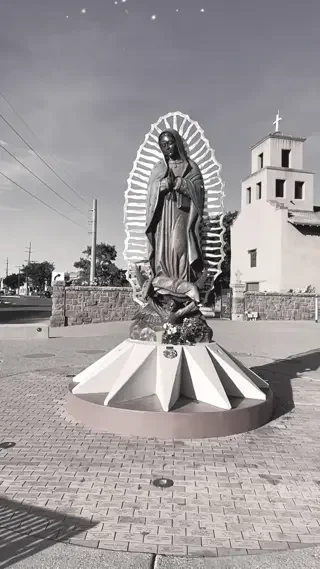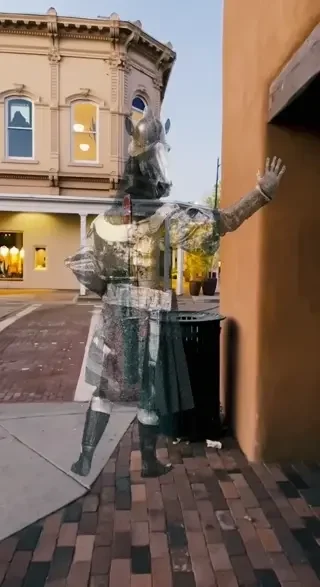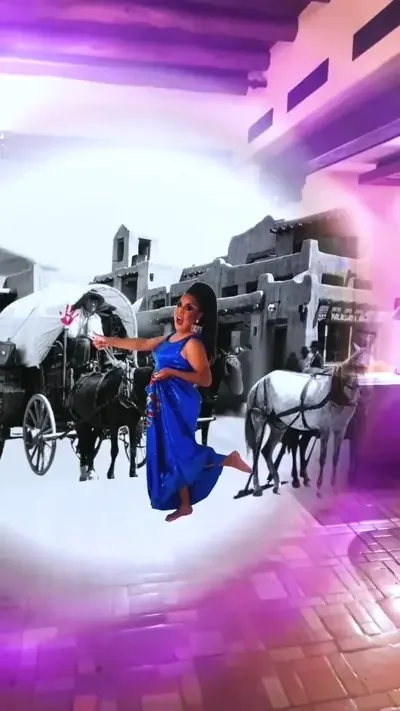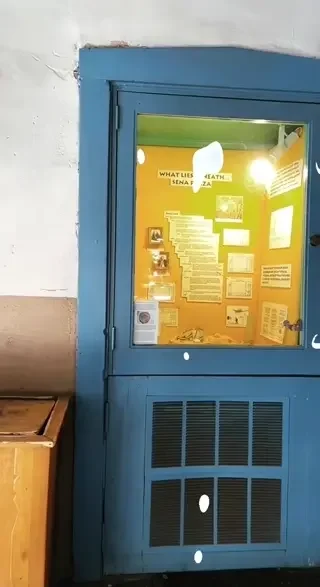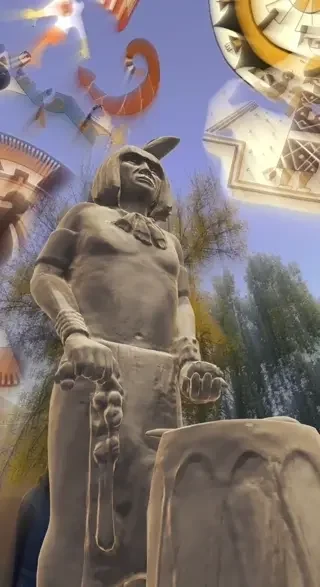
Ojos Diferentes
A new way of exploring the art ad history of Santa Fe
Seeing Santa Fe through New eyes
Ojos Diferentes is a Webby-nominated Snap AR project commissioned by the City of Santa Fe Arts & Culture Department, bringing the work of ten New Mexican Indigenous, Norteño, and Chicana artists into the streets of downtown Santa Fe. Each artist reimagines a historic site, monument, or overlooked corner of the city, transforming familiar places into living portals of story, culture, resistance, and imagination.
Grounded in the research of City Historian Valerie Rangel, the project pairs rigorous history with contemporary artistic vision. Guardians towering over the plaza. Ceramics open into Indigenous futurist worlds. Drag performers guide visitors through layered pasts.
Spread across eight locations, Ojos Diferentes invites anyone walking through Santa Fe to experience the city through the artists’ eyes, and brought to life through immersive, site-specific Snap AR.
“This is an important moment in time for the United States as a nation as well as the city of Santa Fe and the state of New Mexico, to reflect on the historical context which has led to present day conditions and recognize that people’s lived experiences are not always found in textbooks, but are also key to this understanding. “
— Valerie Rangel, City Historian
“I’ve worked with Refract on three projects now, and each time I was able to push the boundaries of my artistic expression. I love working with them because they match my enthusiasm in creating something that has never been done before. Everything we’ve done has felt like an adventure and a communal exploration.”
— Ehren Kee Natay, Collaborating Artist
Working With Artists: Our Process
-

Step 1: Artists Concept
FROM NAPKIN SKETCH TO FINAL IDEA
To start, we work closely with the collaborating artist to realize their vision. This might involve them giving us napkin sketches, maquettes, acting things out, whatever it takes to understand how they want to see their work broguht to life.
-
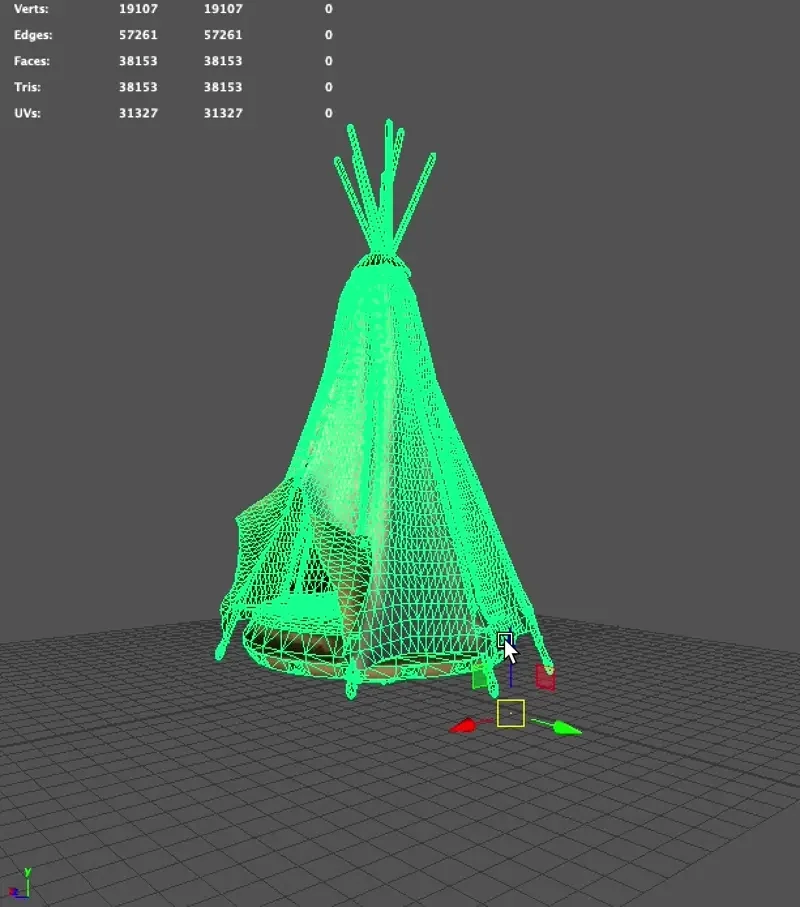
Step 2: Development
BUILDING THE WORK
Once a concept is finalized, we started on development. this might involve motion capture for dancers, 3D scanning ceramics or sculptures, 3D modelling, illustration, recording sessions for poets, whatever is needed to bring the artists concepts to life.
-
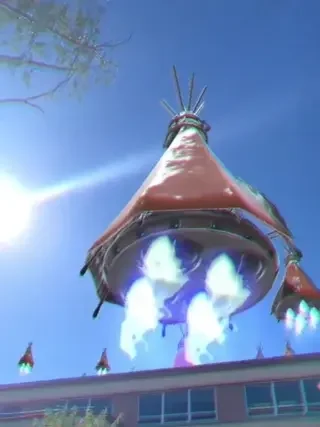
Step 3: Implementation
BRINGING IT ALL TOGETHER
Once development is done, we moved to implementation, ensuring that pieces worked in all lighting situations, and fits the artists vision for their piece.



